Can you imagine a world without rulers or heads of government to make necessary decisions on behalf of their nations?
A country’s prosperity depends on the effectiveness of its ruler and those rulers who have gone before.
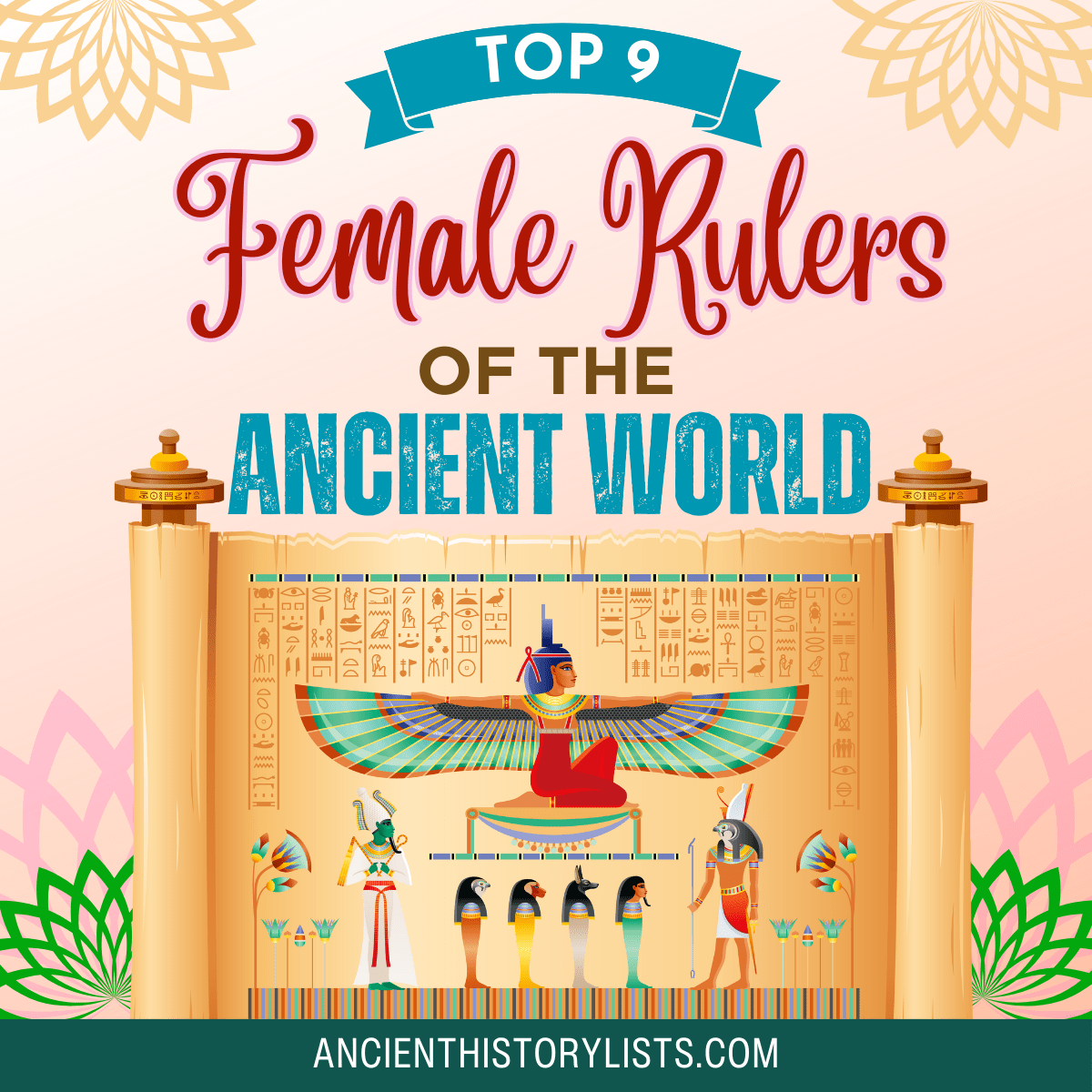
By the turn of the 19th century, most rulers had been male, but there have been female rulers like Cleopatra and Sobekneferu who have made a significant impact on the world during the period of their reign.
1. Cleopatra
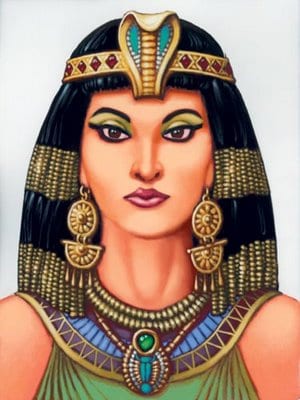
Known for her beauty and intellect, Cleopatra was the last Egyptian ruler of the Ptolemaic dynasty. She was multilingual, and the daughter of Ptolemy XII Auletes and Cleopatra VI Tryphaena.
She took the throne jointly with two of her brothers after the death of her father. She had a relationship with Julius Caesar and Mark Antony whom she eventually married. After Cleopatra’s sibling and co-ruler Ptolemy XIV died, she reigned as regent for her son.
You can read more about Cleopatra from here.
2. Sobekneferu
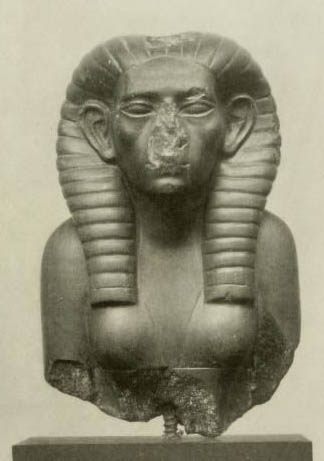
Sobekneferu was a ruler of the Middle Kingdom in Egypt. She was the first female pharaoh of Egypt and was a descendant of Amenemhat III. Many busts, statues, and effigies of Sobekneferu were made, and it is speculated that she was succeeded either by Sekhemre Khutawy Sobekhotep or by Khutawyre Wegaf. She affixed masculine titles to her name to appease those who disagreed with female pharaohs.
3. Neferneferuaten Nefertiti
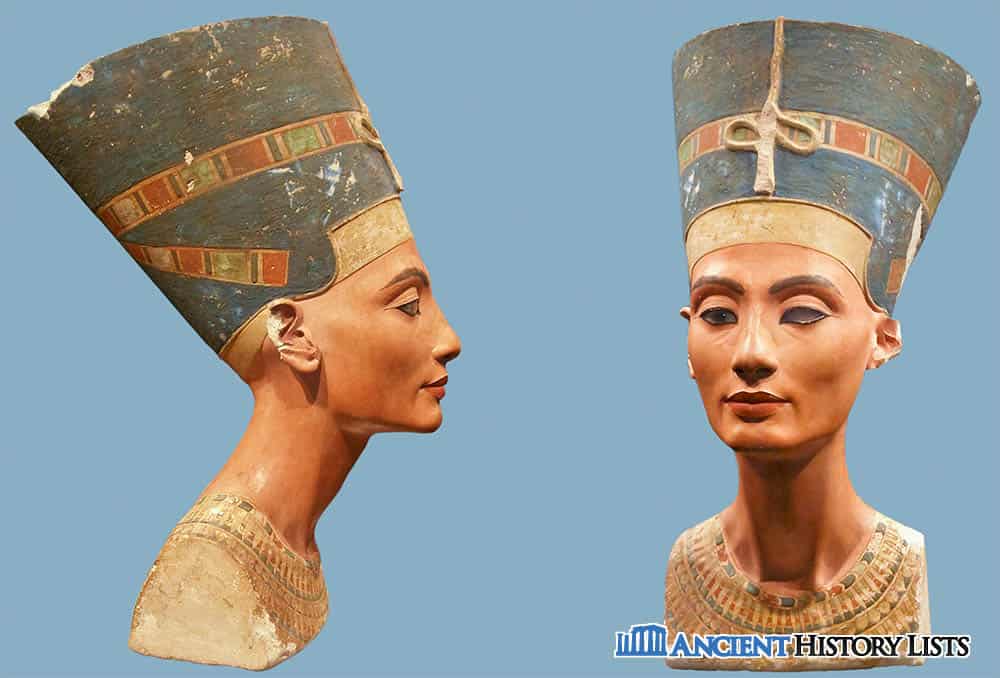
Nefertiti was born in Thebes in 1370 BC. She was attractive and influential, and was the wife of the mighty Pharaoh Akhenaten who was known for his worship of the sun. It was Nefertiti who influenced her husband’s ideologies and transformed his religious beliefs. A sculpture of Nefertiti can be found in the Egyptian Museum of Berlin.
4. Theodora
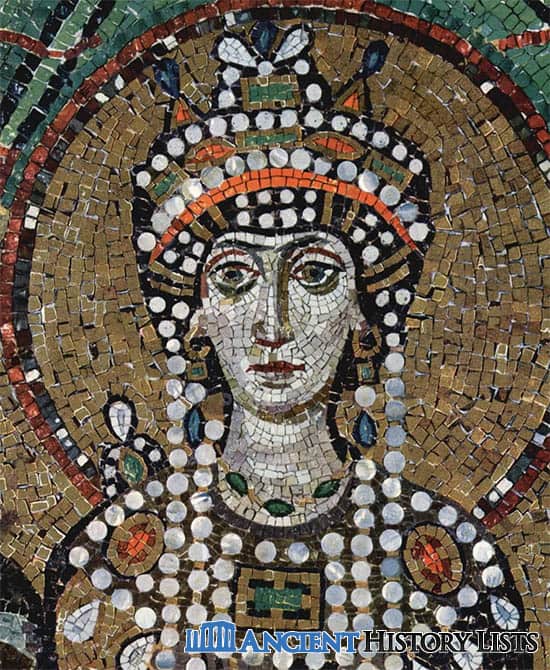
Theodora was a queen of the Roman Empire. Her speech during the Nika riots demonstrated her great skill as a leader as she was able to resolve the political disagreements between the Blues and the Greens, the rioters who were destroying public property at that time. She convinced the two sides to reconcile, and after her powerful speech, the violence stopped. Following the Nika riots, Theodora ordered the city of Constantinople to be rebuilt.
Theodora championed women’s rights and brought about changes to enhance the recognition of women in society. She had contradictory religious beliefs to her husband, Justinian. Justinian promoted Chalcedonian Christianity whereas Theodora endorsed the Miaphysite monastery. Theodora died of an ulcer or a tumor in Constantinople in 548. Justinian was very loyal to her even after she died, and he worked hard to integrate the Monophysites and the Chalcedonian subjects of his kingdom.
5. Hatshepsut
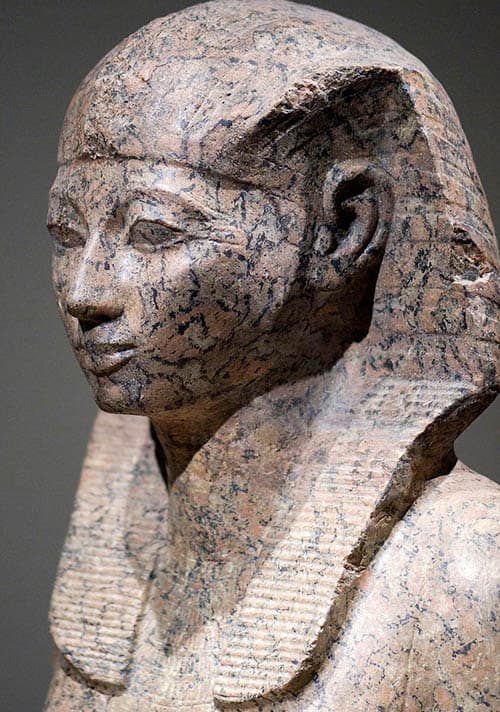
Hatshepsut was an Egyptian pharaoh and the daughter of Thutmose I. She co-ruled with her adopted son Thutmose III. She held the throne for around two decades, which is the longest reign by a female Egyptian ruler.
Egypt had witnessed a major upheaval during the Second Intermediate Period, and Hatshepsut rebuilt major trade routes which had been devastated during this period. Egypt began trading again and exchanged ivory, gold, and resins, amongst other materials, with their trading partner, the Land of Punt.
She initiated the construction of various projects all across ancient Egypt and improved the country’s infrastructure. Many artefacts, monuments, holy shrines, and monoliths were erected during her reign.
She was a beautiful woman and an ambitious, talented, and intelligent ruler. She died at the age of 50 in 1458 BC.
6. Merneith
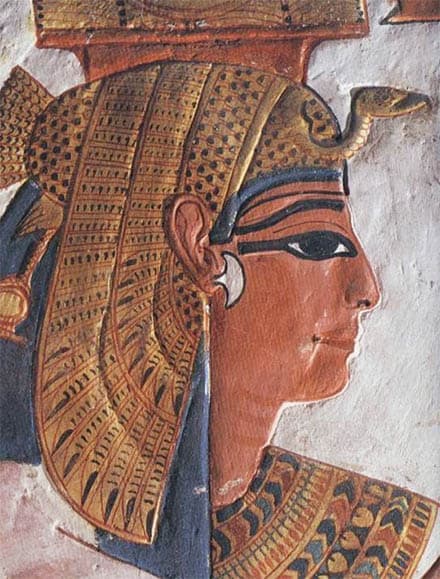
Merneith was an Egyptian empress. Her tomb is situated in Abydos, the old city of Egypt. She is buried next to her predecessor Zet (also known as Wadg, Uadji, or Djet). Merneith’s name is the only female name on the list of first dynasty kings and was engraved on the objects found in her father, Pharaoh Djer’s, tomb.
Egypt underwent major political, social, and religious transformations during her reign. Human sacrifice was prevalent at that time and servants often sacrificed their lives in order to serve their rulers in the afterlife. Around 120 servants performed this human sacrifice to deliver services for the queen after her death.
7. Empress Wu Zetian
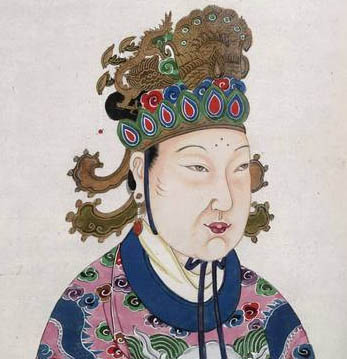
Empress Wu Zetian was a powerful and influential personality, and is considered the first genuine queen of China. She was conferred with several honorary titles such as Lady, Empress Consort, Empress Dowager and Empress Regnant amongst others.
She was born in Wenshui in the year 624 and was a pioneer for many religious and educational reforms in China. She introduced the examination system for the allocation of government titles, gave sermons on Buddhism, and advocated the spread of Buddhist ideology amongst the people.
8. Olga of Kiev
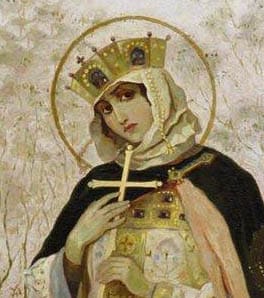
Born in Pskov, Russia, Olga of Kiev was the most fierce and courageous female Russian ruler. She was the epitome of power in the nation and was revered right across the country.
She married Igor of Kiev in around 902 or 903, and after he was assassinated in Iskorosten, Ukraine, she took the throne as she was the guardian of their son who was a minor at the time. She was one of the first female leaders of Russia to adopt and endorse Christianity.
She inaugurated and erected many churches and religious monuments and was also an evangelist who preached to the people and tried to convince them to take up Christianity as their faith. She sought vengeance from the Drevlians community who assassinated her husband and guarded her throne fiercely.
9. Eleanor of Aquitaine
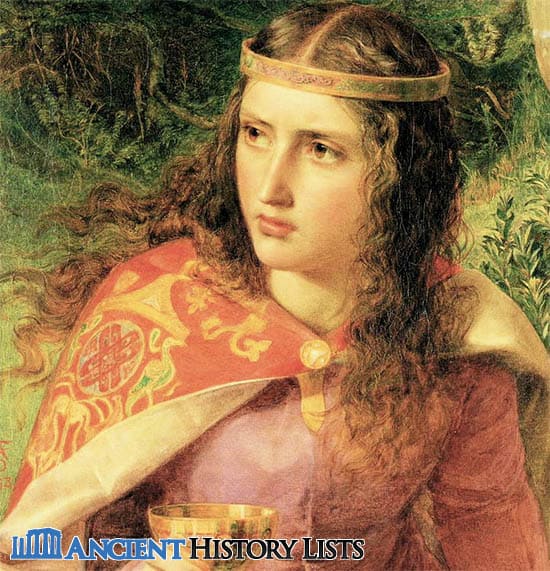
Eleanor was the oldest daughter of William X, Duke of Aquitaine. She married the French emperor Louis VII in 1137 and Henry II of England in 1152.
She was a dominant figure and held the throne for around seven decades. She did not shy away from entering into military campaigns, which was unusual for female rulers at the time.
She gave a platform to artists, poets, and musicians who all flourished during her reign. She was beautiful, sincere, and a great leader; she was an inspiration for the women of her era.
Conclusion
The female rulers mentioned above were all fearless, ferocious, powerful, influential, smart and intelligent. They all made significant contributions during their reigns, such as religious, social, and political reforms. Many of them had long and prosperous periods of rule.
They promoted education, technology, and innovative systems of government. These female rulers showed great courage in taking the lead, as they were all battling against firmly established traditions of patriarchy.
Hatshepsut may have died as early as her 40s. Recent examination of her mummy revealed that she was likely obese, suffering from diabetes.
You never heard about Tomiris (VI B.C.), Queen of massagetae? Who won the battle against Persian Cyrus the Great, in which he has died? .. She should be in this list.